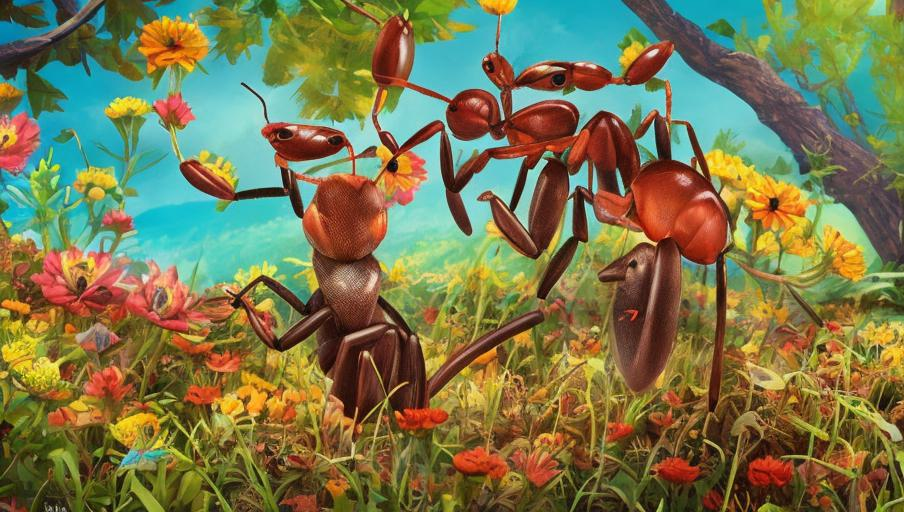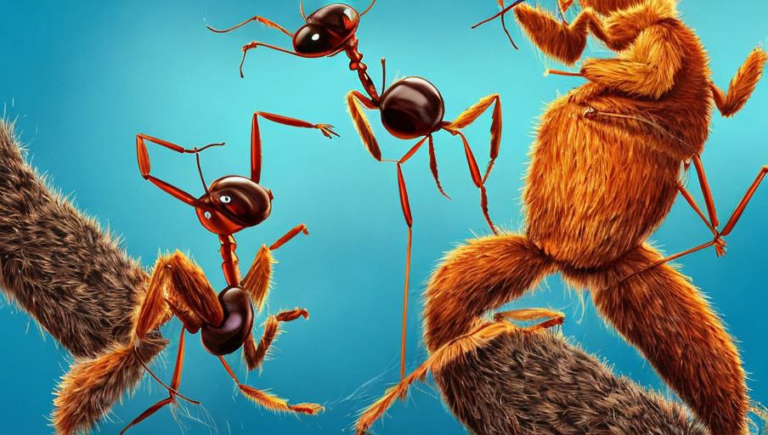Vigilant and Sociable: How Ants Communicate

Introduction
Ants are often seen as small, unassuming creatures. But these industrious insects are actually remarkably complex, and have an equally complex system of communication. Let’s take a look at how ants communicate and how this helps them survive.
Pheromones: Chemical Cues
Ants rely heavily on chemical cues in order to communicate. Pheromones are a type of chemical released by ants that act as a signal to other ants in their colony. Pheromones can be used to mark trails, alert other ants to danger, and even act as a warning when an intruder has been detected.
Pheromones can also be used to attract mates. Ants will produce a special type of pheromone that can be detected by other ants of the opposite sex. This helps the ants identify potential mates and helps maintain the genetic diversity of the colony.
Acoustic Signals: Vibrations and Sounds
In addition to pheromones, ants are also able to communicate through vibrations and sound. Ants will often make a low frequency sound, called stridulation, to alert other ants to danger. They will also use stridulation to communicate with each other when scouting for food or new nest sites.
Ants are also able to hear and respond to sounds made by other insects and animals. This helps them to avoid predators and locate potential prey. For example, ants have been observed to respond to the sound of a cricket chirping, and will congregate near the sound in search of food.
Visual Signals: Antennae and Postures
Ants can also communicate through visual signals. Ants use their antennae to touch each other in order to transfer information. This is known as antennation. This is an important way for ants to identify each other, as well as to recognize their colony and the individual roles of their fellow ants.
Ants also use their body language and postures to communicate. When an ant is in distress or needs help, it will use a particular body posture to signal its distress to other ants. When an ant has found food, it will also use a special body posture to alert other ants to the food source.
Conclusion
Ants are incredibly complex creatures, and they have an equally complex system of communication. By using pheromones, acoustic signals, and visual signals, ants are able to communicate with each other and work together to survive and thrive. So the next time you see an ant, take a moment to appreciate their complex communication system.





